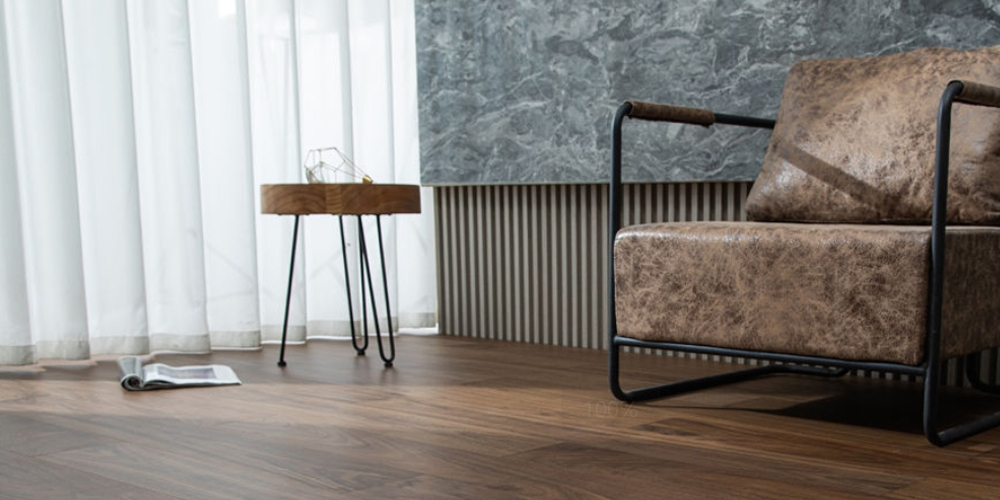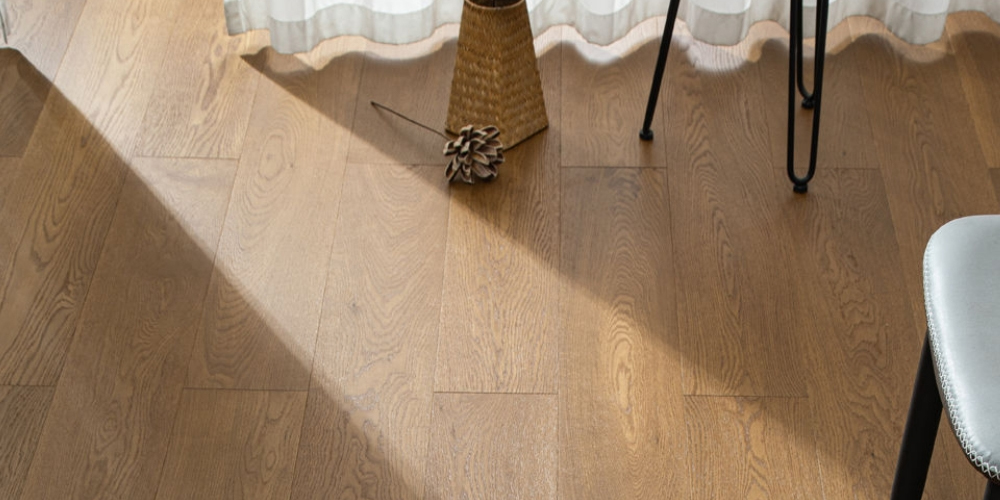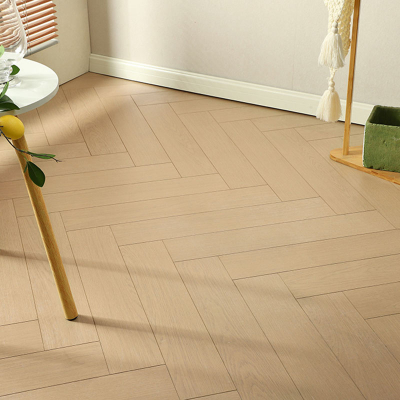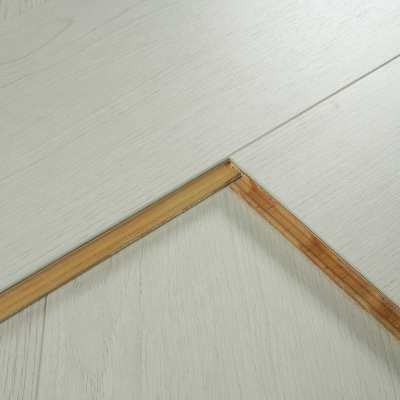How to maintain Hardwood Floors |FLOORMAKER
FLOORMAKER, a leading innovator in premium hardwood flooring laminate flooring solutions, today unveiled a comprehensive guide to help homeowners preserve the elegance and durability of their hardwood floors. With decades of expertise in crafting and installing high-quality wood flooring, FLOORMAKER emphasizes that proper care is essential to maintaining the natural charm and structural integrity of these timeless investments.
Hardwood floors are a timeless choice, known for their natural beauty, durability, and long service life. However, preserving their structural integrity and visual appeal requires regular, technically sound maintenance. In this guide, we’ll walk through professional methods on how to maintain hardwood floors, based on industry standards, engineering principles, safety precautions, and environmental guidelines.
Table of Contents
Introduction to Hardwood Flooring
Types of Hardwood and Their Maintenance Needs
Tools and Materials Required
Daily, Weekly, and Seasonal Maintenance Schedule
Preventive Measures and Surface Protection
Technical Considerations and Compliance
Common Issues and Solutions
Frequently Asked Questions (FAQs)
Conclusion & Professional Call to Action
1. Introduction to Hardwood Flooring
Hardwood flooring consists of solid or engineered planks milled from hardwood species like oak, maple, hickory, and walnut. These materials offer:
High compressive strength (e.g., Red Oak: ~1,300 lbf Janka rating)
Long-term dimensional stability (especially in engineered hardwood)
Aesthetic value and resale enhancement
But environmental exposure, abrasive forces, and lack of regular care can lead to irreversible damage.
2. Types of Hardwood and Their Maintenance Needs
| Type | Description | Maintenance Sensitivity |
|---|---|---|
| Solid Hardwood | Milled from a single piece of wood. Can be sanded multiple times. | Sensitive to humidity changes |
| Engineered Hardwood | Composed of layered wood with a hardwood veneer. More moisture-resistant. | Limited refinishing cycles |
Polyurethane-finished floors require less frequent sealing.
Oil-finished floors need more regular reapplication of penetrating oil.
3. Tools and Materials Required
Tools:
Microfiber mop
Vacuum with hardwood attachment
pH-neutral hardwood floor cleaner
Hygrometer for humidity monitoring
Soft pads or felt protectors for furniture
Materials (Compliant with Industry Standards):
Cleaners certified by the National Wood Flooring Association (NWFA)
Water-based polyurethane finishes (low-VOC, LEED-compliant)
Humidifier or dehumidifier for climate control
4. Daily, Weekly, and Seasonal Maintenance Schedule
Daily
Sweep with a soft-bristle broom or microfiber dust mop.
Avoid excessive water—never use a soaking wet mop.
Weekly
Vacuum using a soft-brush attachment.
Clean with a pH-neutral hardwood floor cleaner (no ammonia or vinegar).
Monthly
Inspect for scuffs and apply a light buff or polish (as per finish type).
Seasonal (Quarterly)
Maintain indoor humidity between 35%–55% to prevent expansion and contraction.
Check for wear in high-traffic zones and apply protective coatings if necessary.
5. Preventive Measures and Surface Protection
Furniture and Traffic
Apply felt pads to all furniture legs.
Use area rugs in high-traffic areas but ensure they’re breathable (avoid rubber-backed mats).
Moisture Control
Install humidity regulators—especially important in regions with significant seasonal variation.
Wipe spills immediately. Use mats in kitchens and entryways to prevent moisture accumulation.
UV and Light Protection
Install UV-blocking window films or shades to reduce fading caused by direct sunlight.
6. Technical Considerations and Compliance
Engineering Principles
Wood is hygroscopic—it absorbs and releases moisture depending on ambient humidity. Maintenance must accommodate this natural property.
Use of climate control systems (HVAC) can prevent cupping, crowning, and gapping.
Regulatory Compliance
Cleaning products and finishes must be low-VOC, complying with:
U.S. EPA regulations
California Air Resources Board (CARB) Phase 2 emissions standards
LEED Indoor Environmental Quality (EQ) Credit 4.1
Recoating and Refinishing
Follow NWFA Sand & Finish Guidelines for sanding, staining, and sealing.
Recoat polyurethane-finished floors every 3–5 years depending on wear.
7. Common Issues and Solutions
| Problem | Cause | Solution |
|---|---|---|
| Cupping | Moisture imbalance (moisture below the floor) | Improve subfloor ventilation, use a dehumidifier |
| Scratches | Grit, furniture movement | Use rugs, apply protective felt pads |
| Gapping | Low humidity | Use a humidifier to maintain RH >35% |
| Fading | UV light | Use window treatments or rearrange rugs periodically |
8. Frequently Asked Questions (FAQs)
Q1: How often should hardwood floors be professionally refinished?
Every 7–10 years depending on traffic, species, and finish type. High-traffic commercial spaces may require refinishing every 3–5 years.
Q2: Is steam cleaning safe for hardwood floors?
No. Steam cleaners can drive moisture into the wood, causing swelling, warping, or delamination.
Q3: Can I use vinegar and water on hardwood floors?
Not recommended. Acidic solutions can degrade finish layers and lead to dullness or corrosion of protective coatings.
Q4: What humidity level is ideal for hardwood floors?
Keep indoor relative humidity between 35% and 55% to minimize movement.
Q5: How can I restore shine to dull hardwood floors?
Use a compatible polish or buffing system recommended by the manufacturer. Avoid wax on polyurethane finishes.
9. Conclusion & Professional Call to Action
Maintaining hardwood floors is a balance of consistent care, preventive strategies, and technical precision. By applying engineering-based principles—such as moisture regulation, surface protection, and finish compatibility—you can extend the lifespan and elegance of your flooring investment for decades.
If you’re unsure about the best practices for your specific wood type or finish, consult a certified hardwood floor maintenance specialist. With professional insight, you can avoid costly damage and preserve long-term value.







